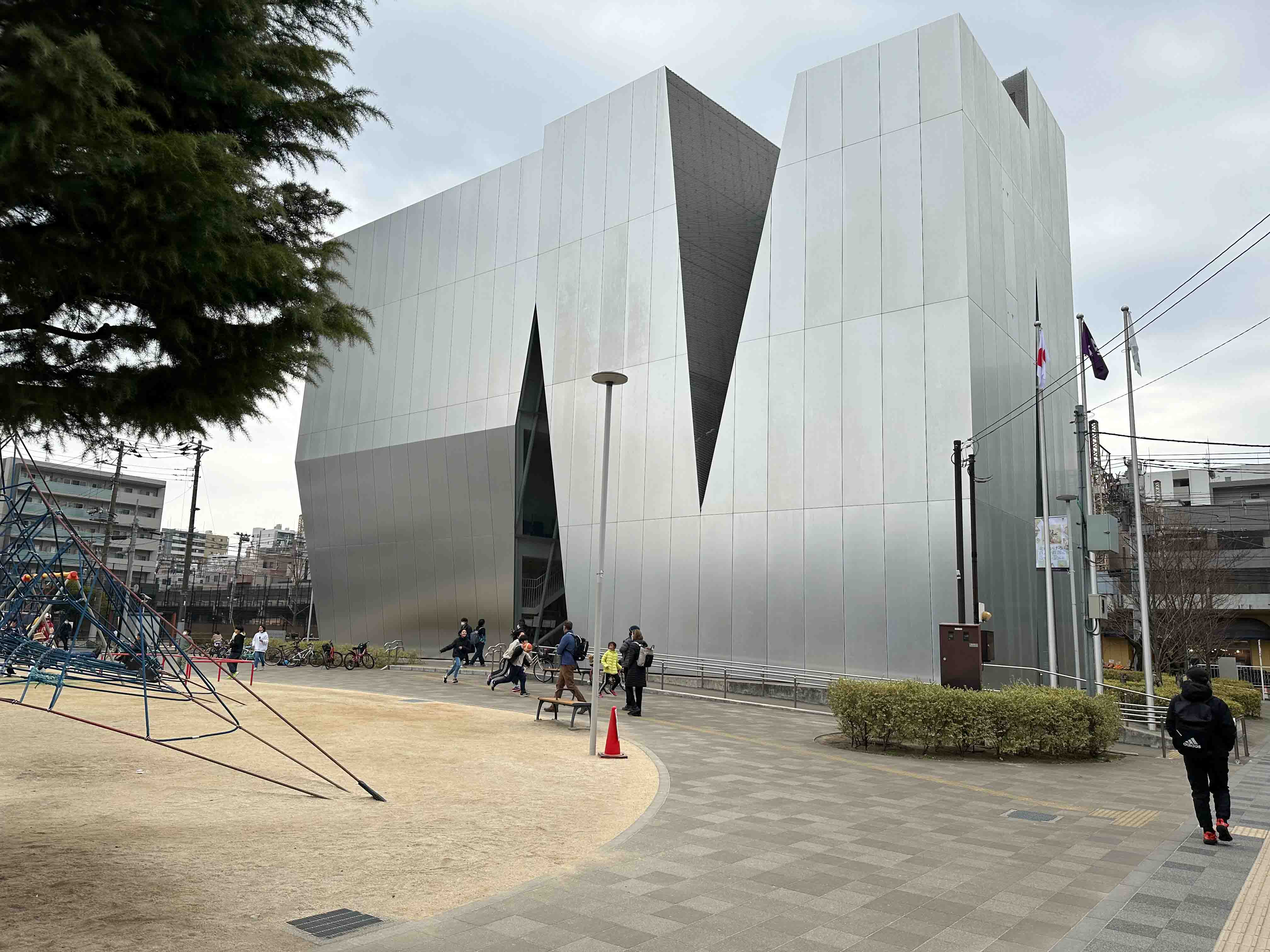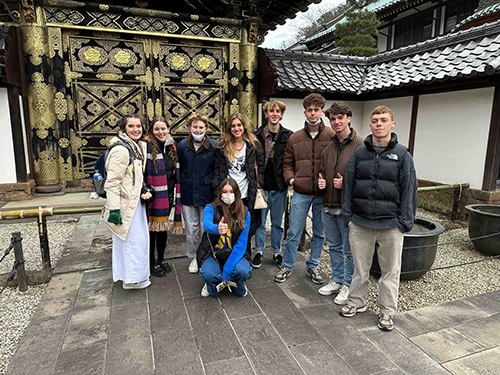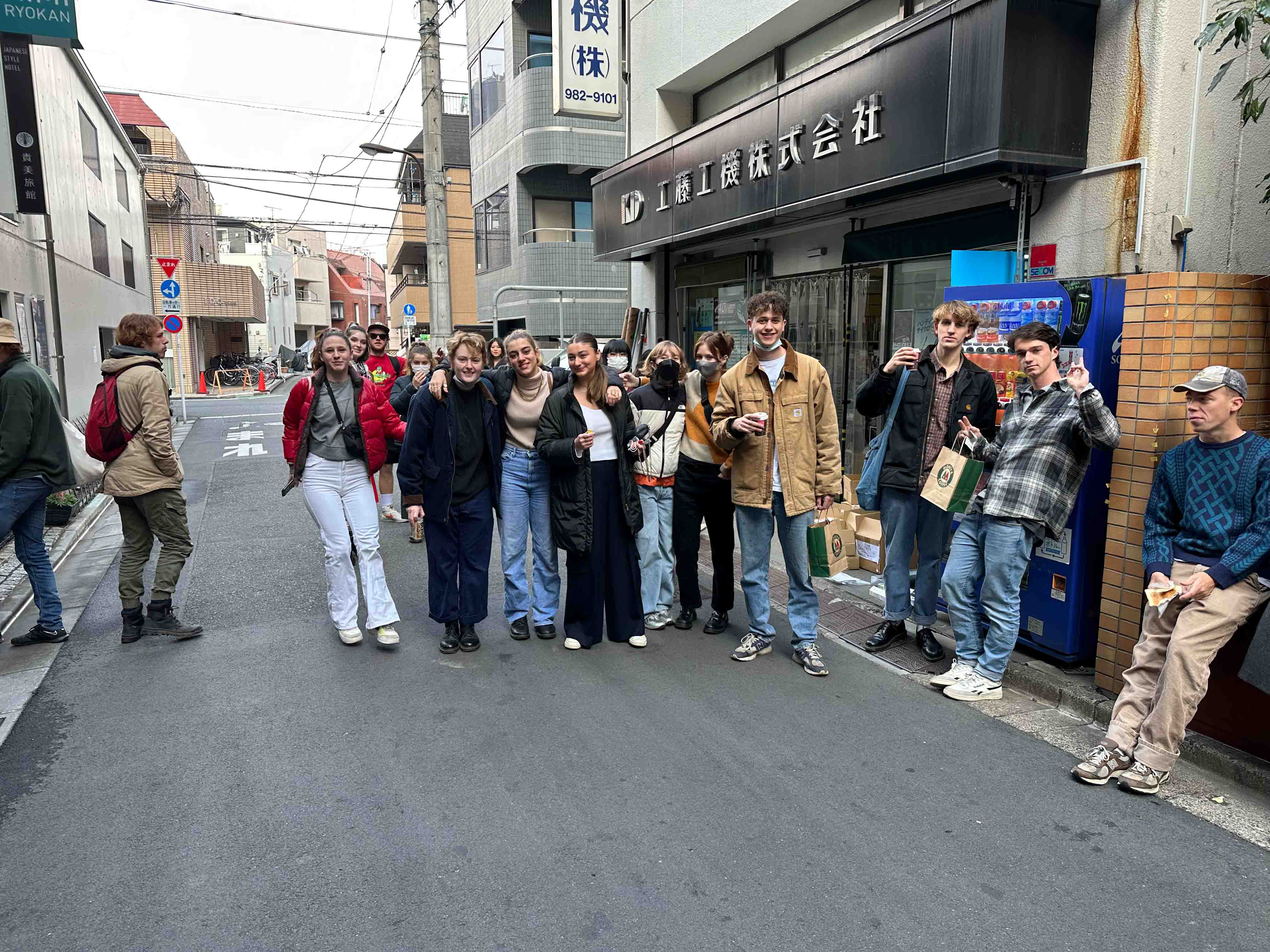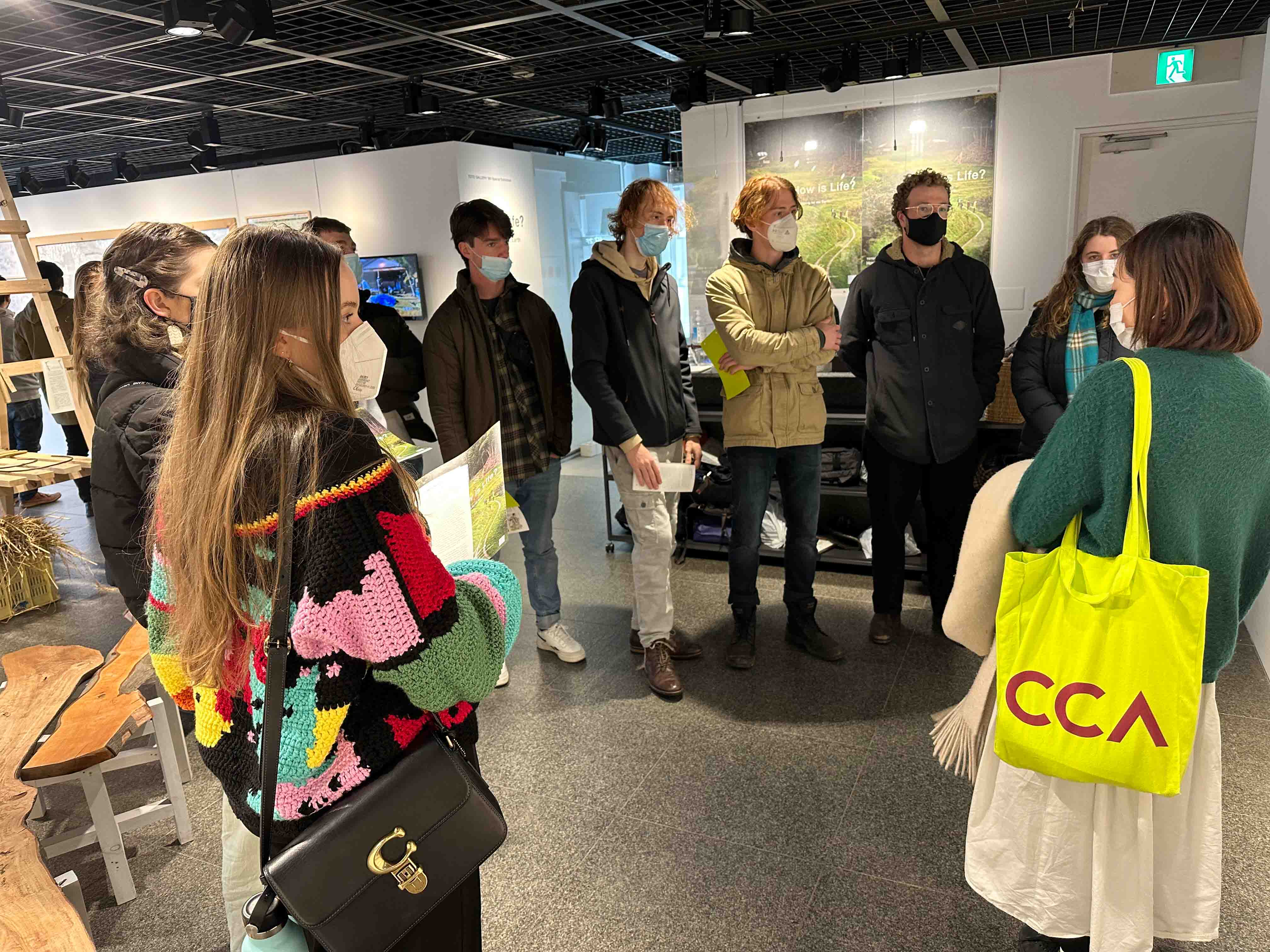Nineteen architecture students recently explored the design wonders of Tokyo and beyond, as part of a cohort of 21 UQ students participating in a field trip to Japan. Liam Leblond (Bachelor of Architectural Design) shares some highlights, from innovations in aged care to projects that rewild the city.
This field trip course was coordinated by Dr Andrew Wilson with teaching assistance from Dr Timothy O’Rourke. Eighteen of the UQ students received funding to attend the trip through the Australian Government’s New Colombo Plan Scholarship Program, which supports high-achieving Australian undergraduate students to study and work in the Indo-Pacific region.
Architecture and Japan – two words that are so often paired together. For architecture, Japan is synonymous with the forefront, the pinnacle. With its strong traditions and contemporary architecture culture, it is seen as the cultural and physical manifestation of what our field can be. The Japan trip provided a wholly unique opportunity to step into that world.

Our trip was focused on exploring architectural projects that test innovations in aged care, particularly the work of architecture atelier Teco in Tokyo, alongside other recent urban and architectural projects aimed at rewilding the city.
While based in Tokyo, we took day trips to Yokohama, Tsukuba, and Kamakura, one of Japan’s ancient capitals. There was never a dull moment, with experiences ranging from a visit to an artist-inspired farm, to a day-long expedition up a mountain to visit a traditional Edo period timber home. We also visited art galleries and museums, and multiple Japanese firms and their projects. We slept at a traditional Japanese Ryokan and travelled from site to site taking advantage of the famously efficient Tokyo transit system. Our time in Japan was filled with experiences, and yet, upon return I was still hungry for more.


We visited the offices of five architectural studios in Tokyo and Yokohama, where the studios gave us presentations of their work. Three offices organised visits to recently completed projects, including aged care and community facilities in Kanagawa. We had the opportunity to meet Baba Takuya from Laundry Culture Laboratory and students from Nousaku Laboratory at Tokyo Metropolitan University. We took a guided tour of an urban renewal project in Shimokitazawa, Tokyo, and visited the home office of architect Fuminori Nousaku.

Curators of the contemporary architecture exhibition How is Life? gave us a guided tour at Gallery Ma in Tokyo. We also toured an exhibition at Tomio Koyama Gallery, and visited an exhibition of architectural models at GA Gallery. We gained valuable insights into vernacular and contemporary Japanese architecture and traditional and contemporary art in Japan and made direct connections with practice and students.

Without a doubt, the highlight for me was our visit to Kurkku Fields outside Kisarazu City in Chiba Prefecture, a project that explores a new way of sustainable farming. Kurkku Fields, with masterplanning by Fujiwalabo, educates the public about sustainability and organic farming while combining public art and a library. The impact it had on me was enormous, which says a lot about the significance of this project, as the quality of the other experiences was also very high.

Restaurants, farms, lodging, art instillations, bakeries, playgrounds and a subterranean library were but a few of the elements offered by the expansive thirty-hectare Kurkku Fields site. However, the standout for me was an element that wasn’t obvious; in fact, its purpose was to be unnoticed. A subtle in-ground speaker system dotted around the site played soft, ambient noise that wafted across the landscape, swathing the farm in a blanket of a tranquil serenity. This isn’t to say that other elements of the project didn’t also offer unique experiences. The playground and open landscape design had a playful energy and immersing myself in this felt like being a child again. I had the privilege of viewing photos of the site beforehand, but this is one of the few moments of my life where I truly felt that seeing and experiencing is believing.
Prior to this field trip I had a general idea of what to expect, as I had travelled to Japan on a solo expedition back in 2018. But while my past journey was not undertaken with architecture in mind, this time I was more than keen to experience a country I love from a new lens. My expectations were high, dare I say outlandish, but to say that my expectations of the trip were exceeded would be a gross understatement. I expected to participate in a simple list of excursions, and to complete a final scrapbook and essay; simple, to the point, and if anything, a very run-of-the mill textbook architectural foray with little room for much else. Simply put, yes, that’s what we completed, but it is so much more than that.

A surprising highlight of the field trip was the freedom we were given once the activities for each day had ended. This freedom distilled in us the culture and scope of the unique environment we were a part of. This was where the exploration and experiences happened. It’s where I fell in love with Japan and it’s what urges me to go back again.
The Japan field trip has been, and will continue to be, a massively influential part of my career and life. I often come to fret that I haven’t experienced a life-changing event, a formative moment that catapults my love for architecture and life even further ahead. I often ask, ‘how will I know, when will I know, that I’m experiencing something so deeply important in my life?’ On the Japan trip, I knew. It was truly a remarkable experience to be a part of.
Images: Andrew Wilson.



